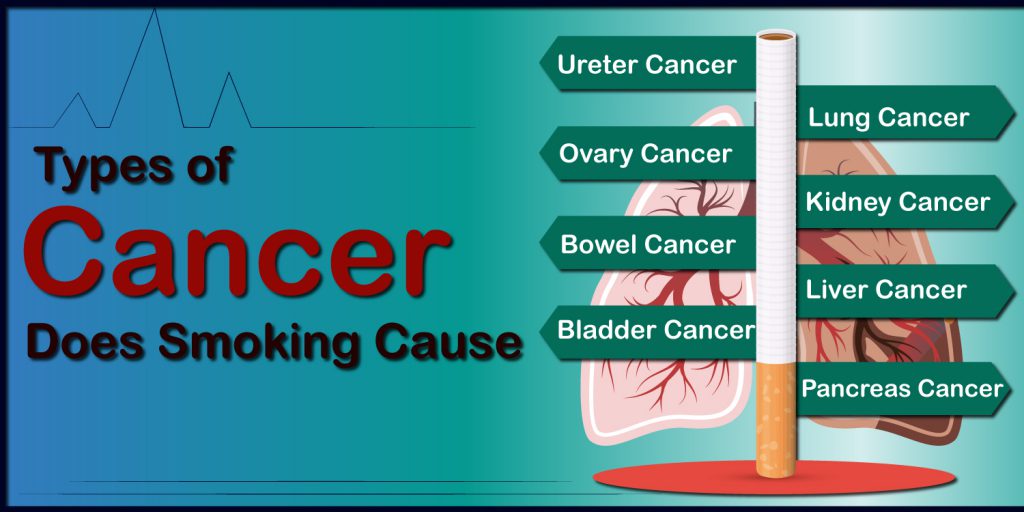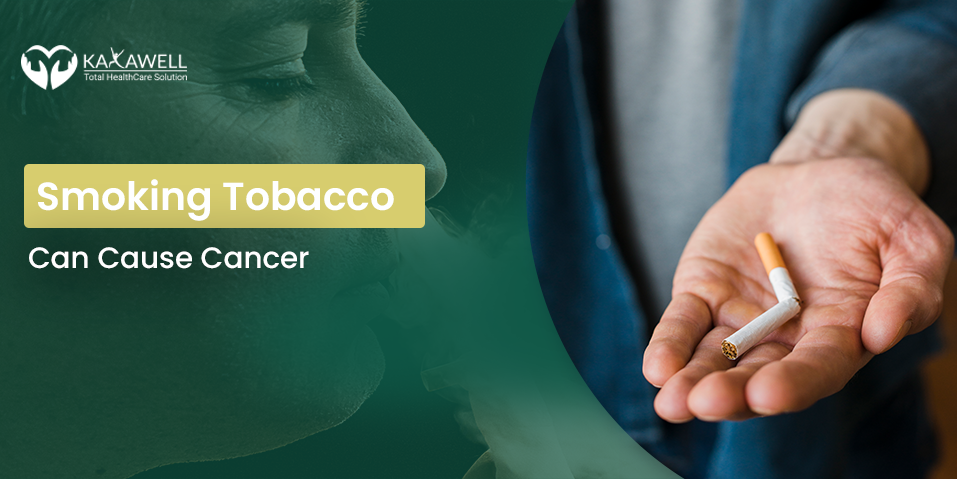There are countless reasons why smoking tobacco is harmful to you. People know about the harmful effects of smoking tobacco and how bad it can be but still, they find reasons to smoke or chew it for their nicotine intake. Cigarettes kill more people every year than car accidents, murders, AIDS, suicides, and illegal drugs – all together. But millions of people continue to smoke and young people start every day.
Reports indicate that 46.2 million people currently smoke in the United States. This is 22.8% of the adult population or almost one in four. If they continue smoking tobacco, their chances of falling victim to the terrible consequences of smoking tobacco will increase. Their chances of falling victim to lung, throat, or tobacco mouth cancer are greatly increased. They are becoming more likely to develop a deadly lung disease such as COPD.
The majority of the population believes that quitting smoking takes a lot of effort and is a very hard task to accomplish. Let us clear that it is simply not true. As per a report, more than 40 million people in the United States have quit smoking pipe tobacco. Are they any stronger than you, or did they have an iron will to stop them? No, they were just persistent and found the right way to quit smoking tobacco. Let’s understand in detail the effects of smoking pipe tobacco and how it contributes to causing tobacco mouth cancer.
Introduction to Tobacco
Let’s get to the answer to the question, what is tobacco? Ancient people used tobacco for both healing and blessing. to control pests when people went hunting and picking. A gift is given to greet guests and an offer to those who are asked to pray or share their wisdom. In Ayurveda, tobacco is used as an Ayurvedic medicine for Scorpio bites and as an antidote to strychnine poisoning.
Nicotiana tabacum and Nicotiana rustica are commercially grown plants for their tobacco. It belongs to the family Solanaceae (group of night fruits). Tobacco is the world’s most widely produced non-food crop. Originally of American origin, it has now grown throughout India. It contains two active substances, nicotine, Duboisia Hopwoodii (Solanaceae), which grows in Australia and it contains Piturin which is a volatile alkaloid that acts just like nicotine. Tobacco can be consumed in the form of smoking, chewing, watering, or sniffing.
Cigarette smoking is the most popular way to use tobacco as it contains more than 4,000 toxic chemicals and 60 carcinogens. Does Nicotine cause cancer? It is a substance that is found to be intensely toxic and is found in all parts of the tobacco plant, especially in the leaves. Nicotine has been found to be a colorless, volatile, hygroscopic, oily, natural liquid alkaloid that turns brown and resin when exposed to air. It has a burning pungent taste and a penetrating unpleasant odor. It is more addictive than cocaine and heroin.
Symptoms When You Decide To Quit Smoking Tobacco
Much has been written about the side effects of quitting smoking. These side effects occur because the body goes through a detoxification process when you quit smoking tobacco. He wants to get rid of all the toxins you have brought into your body from cigarette smoke throughout your smoking tobacco year.
If you decide to quit smoking, it is an admirable decision, but it is the beginning of a potentially difficult journey. The dream to quit smoking seems a little far fetched for many smokers as it takes a lot of effort. It can present you with a list of barriers and temptations that may keep you away from your goal. There is only one thing that you need to take care of when dealing with the side effects. You have to increase your capacity for handling stress and Knowing this can prepare you for when and when they happen and increase your ability to deal with them.
Dizziness is one of the common symptoms. It usually lasts only a few days and only occurs in the first few days of quitting. If they do, just stop what you are doing until it passes. Headaches are also quite common. Just take what you normally take for a headache and make sure you are adequately hydrated by drinking plenty of water.
Another common symptom is tightness in the chest. This is usually due to a lack of nicotine. As it leaves your system, your symptoms should start to go away. Make sure you get enough rest, because nicotine withdrawal symptoms drains your energy, so be sure to relax.
All of these withdrawal symptoms are quite common, and there may be more that we haven’t mentioned. If you are preparing for some degree of Nicotine withdrawal symptoms, then when they do occur, you have a much better place to deal with them and deal with them. Just make sure you drink plenty of drinking water and do a lot of exercises, it will all help.
How does Tobacco cause cancer?
The potential role of tobacco smoke carcinogens in smoking tobacco related cancers can be assessed by various means, but it is important to consider the content of compounds in cigarette smoke and their ability to induce tumors in laboratory animals. We discuss these factors in relation to lung, oral, esophageal, pancreatic, and bladder cancer.
Lung carcinogens found in cigarette smoke include PAHs, azaenes, tobacco-specific nitrosamines, e.g. 4- (methylnitrosamino) -1- (3-pyridyl) -1-butanone (NNK), 1,3-butadiene, ethyl carbamate, ethylene oxide, nickel, chromium, cadmium, polonium-210, arsenic and hydrazine. These compounds convincingly induce lung tumors in at least one animal species and have been positively detected in cigarette smoke.
Among PAHs, benzo [a] pyrene (BaP) is the most widely studied compound and its ability to induce lung tumors when administered topically or by inhalation has been convincingly demonstrated. No lung tumors were observed when BaP was administered to B6C3F1 mice in the diet. In lung tumor induction studies in rats, BaP is more carcinogenic than benzofluoranthenes or indeno [1,2,3-cd] pyrene. Extensive analytical data convincingly indicate the presence of BaP in cigarette smoke. The sales-weighted concentration in current full-fledged cigarettes is about 9 ng per cigarette.
Of the N-nitrosamines, N-nitrosodiethylamine is an effective lung carcinogen in hamsters but not in rats. It is present in cigarette smoke (up to 3 ng / cigarette) with a little quantity as compared to other carcinogens. Tobacco-specific N-nitrosamine NNK is known as a potential lung carcinogen in rodents.
Cancer Risk From Smoking Tobacco
Tobacco use is a major cause of tobacco mouth cancer and cancer deaths. People who use tobacco products or who are regularly exposed to environmental tobacco smoke (also called second-hand smoke) are at higher risk of developing cancer because of the high levels of DNA-damaging chemicals in tobacco products and second-hand smoke.
Tobacco use causes several types of cancer, including cancer of the lungs, larynx (voice chamber), mouth, esophagus, throat, bladder, kidney, liver, stomach, pancreas, colon and rectum, and cervical leukemia. . People who use smokeless tobacco (snuff or chewing tobacco) have an increased risk of cancer of the mouth, esophagus, and pancreas.
There is no safe level of tobacco use. People who use any type of tobacco product are strongly advised to quit smoking. The life expectancy of people who quit smoking, regardless of their age, is significantly longer than that of those who smoke. Quitting smoking also reduces the risk of death when tobacco mouth cancer is diagnosed.
Types of Cancer Does Smoking Cause
When it comes to smoking cancer, there are no limitations in types. Here are some of the most common cancers that are caused by smoking:

- Lung Cancer
- Tobacco Mouth Cancer
- Smoking Throat cancer
- Throat, Nose and Sinuses Cancer
- Oesophagus Cancer
- Bladder Cancer
- Kidney Cancer
- Ureter Cancer
- Pancreas Cancer
- Stomach Cancer
- Liver Cancer
- Cervix Cancer
- Ovary Cancer
- Bowel Cancer
Health Advice for People Who Use Tobacco
Smoking is a really harmful activity that is difficult to get rid of. Many people use a number of strategies to quit smoking. NRT or nicotine replacement therapy is often used and requires the use of solutions such as nicotine patches or chewing gum. However, it is possible to quit smoking without using nicotine replacement therapy. In this regard, it can be much healthier if people refrained from using nicotine replacement therapy! The following sections will tell you exactly why you need to quit smoking naturally.
The average smoker is likely to waste thousands of dollars a year on packs of cigarettes. For a long time, health professionals have been calling for people to quit smoking. Tobacco use is associated with many ailments and increases a person’s chances of experiencing a heart attack, cerebrovascular accident or CVA, or high blood pressure. People who have managed to quit smoking have the opportunity to both save money and reduce the health risks associated with cigarettes.
Can Stop Using Tobacco Products?
Here are some of the options that you can use to put a stop to your smoking habits:
- Patch: Once a day, you put a small latex patch on the skin of your upper body. It provides a constant dose of nicotine. Therefore, it is a good choice for heavy smokers.
- Lozenges: Candy-like lozenges are great for quickly improving nicotine. Put the lozenge in your mouth. It can take five to 10 minutes to feel the effects.
- Rubber: Nicotine gum works in five to ten minutes – if used properly.
- Inhalers: An inhaler is a plastic tube that resembles the size and shape of a pen.
- Nasal Spray: Nasal sprays are similar in size and shape to nasal sprays used for allergies or nasal congestion.
- Chantix: Chantix is a prescription medicine that is taken as a pill twice a day.
- Zyband: Zyband can be prescribed as a medicine that is taken as a pill.
Conclusion
Whatever the reason, realizing the influence that cigarettes have over you would make you see the value of stopping, which would be stage one. You will need to honestly decide to quit and also have faith in all of your own motives. Do not worry, if you attempted to stop before and relapsed. In truth, if you previously attempted to quit, it is a good sign simply because you will know exactly how tough it is to do so, as well as to stay tobacco-free.

Leave a Reply
You must be logged in to post a comment.